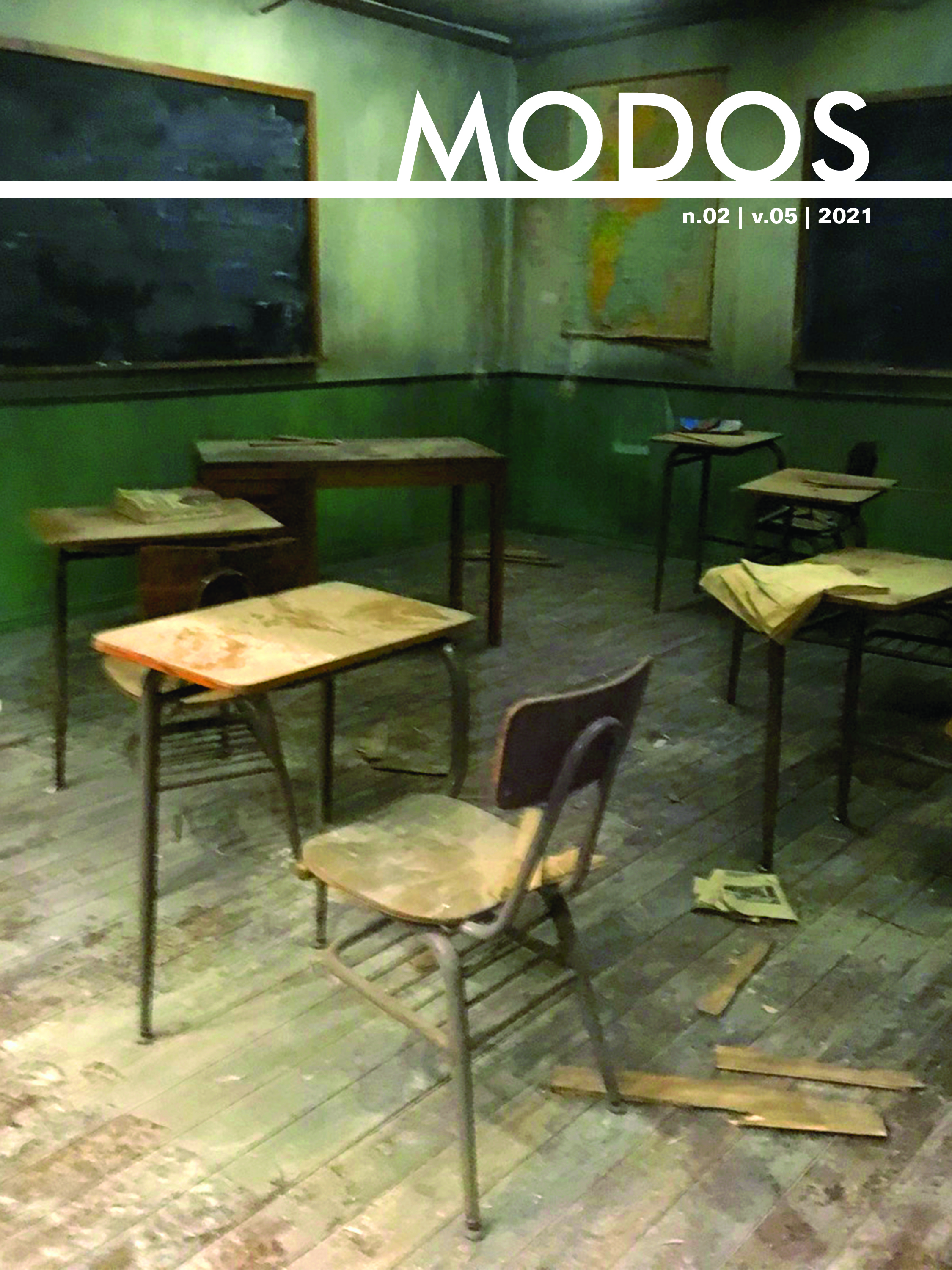Abstract
“Towards the end of the first decade of the twenty-first century”, as Anthony Gardner and Charles Green propose, “biennials became self-conscious.” Increasingly they are reflecting on themselves as "hegemonic machines" (Oliver Marchart), and for this very reason also understand themselves as places of intervention. We have to come to terms with the fact that biennials today are both: "Brands and Sites of Resistance", "Spaces of Capital and Hope" (Panos Kompatsiaris).The article follows withdrawals and protests as well as interventions and strategies of appropriation of biennials in the second decade of the 21st century. Protests in St. Petersburg, Sydney and New York shape the biennials they boycott. In Kochi, Athens, Dhaka, and Kassel we encounter curatorial projects that challenge the apparatus of value coding. The relationship between bottom up and top down often becomes blurred. In Prague, Warsaw, Kiev, and Budapest it is even reversed. Here biennials are used as a means of counter-hegemony and institutional survival.
References
ADAJANIA. N. Globalism before globalization. The ambivalent fate of Triennale India. in: JHAVERI, S. (Ed.). Western Artists and India: Creative Inspirations in Art and Design. Bombay: Antique Collectors Club Dist, 2013.
ARENDT, H. Power and the Space of Appearance. In: _____. The Human Condition. Chicago: University of Chicago Press, 2018, 199-206.
ENWEZON, O. Mega-exhibitions: The Antinomies of a Transnational Global Form. In: HUYSSEN, A. (ed.). Other Cities, Other Wolds: Urban Imaginaries in a Globalizing Age. Durham, NC, 2008.
FILIPOVIC, E.; VAN HAL, M.; OVSTEBO, S. (Eds.) The Biennial Reader; Ostfildern, 2010.
GARDNER, A.; GREEN, C. Biennials of the South on the Edges of the Global. Third Text 27, n. 4, 2013, 442–455.
GARDNER, A.; GREEN, C. South as Method. Biennials Past and Present. In: Galit Eilat et al., (Eds.), Making Biennials in Contemporary Times. Essays from the World Biennial Forum n. 2, São Paulo 2014.
JONES, C.A. The Global Work of Art. World’s Fairs, Biennials, and the Aesthetic of Experience, Chicago/London, 2016.
KOLB, R.; PATEL, S.A. Global Biennale Survey. in OnCurating, 39, 2018.
KOMPATSIARIS, P. Curating Resistances: Ambivalences and Potentials of Contemporary Art Biennials, Communication. Culture & Critique 7, 2014.
MARCHART, O. The Curatorial Function. In: DRABBLE, B., RICHTER, D. (Eds.), Curating Critique, Frankfurt, 2007, 164ff.
MARCHART, O. Hegemonie im Kunstfeld. Die documenta-Ausstellungen dX, D11, d12 und die Politik der Biennalisierung. Cologne : Walther, 2008.
MARCHART, O. The Globalization of Art and the ‘Biennials of Resistance’. A History of the Biennials from the Periphery. Cumma Papers 7, 2014, https://cummastudies.files.wordpress.com/2013/08/cumma-papers-7.pdf. Accessed January 24, 2021.
SOMOGYI, H. Can We Work like This? OFF-Biennale Budapest. In: O’NEILL, P.; SHEIKL, S.; STEEDS, L.; WILSON, M. (Eds.). Curating After the Global: Roadmaps for the Present Cambridge, MA, 2019, 427-440.
WARSZA, J. (Ed.). I Can’t Work Like This. A Reader on Recent Boycotts and Contemporary Art, Salzburg, 2017.

This work is licensed under a Creative Commons Attribution-NonCommercial-ShareAlike 4.0 International License.
Copyright (c) 2021 Nora Sternfeld

